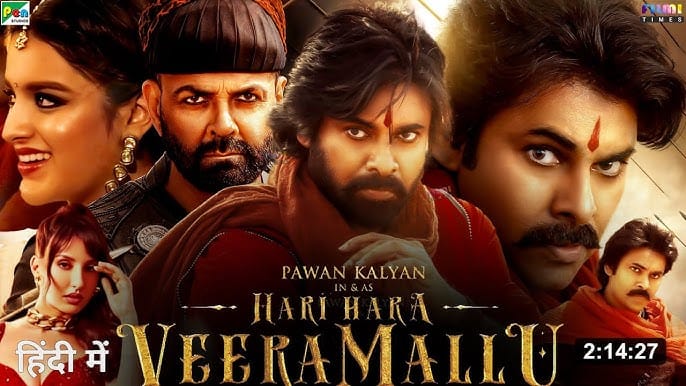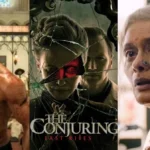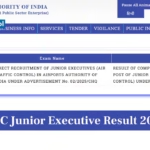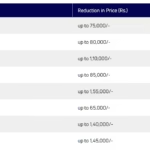Pawan Kalyan’s long-awaited period action film Hari Hara Veera Mallu: Part 1 – Sword vs Spirit finally made its theatrical debut on July 24, 2025, generating substantial buzz across Telugu-speaking states. With an ambitious narrative, a powerful star cast, and a grand production scale, the film aimed to deliver a compelling cinematic experience. However, while early box office numbers suggest strong fan engagement, reviews have been far more polarizing. This review takes a deep dive into the film’s performance, strengths, flaws, and what it means for the sequel.
1. Box Office Opening: Strong Fan-Driven Start
By 10 AM on its opening day, Hari Hara Veera Mallu raked in ₹6.77 crore in domestic collections, a remarkable feat for a period film led by a mass star. The early surge surpassed pre-pandemic benchmarks and reflected the immense loyalty of Pawan Kalyan’s fanbase. Advance bookings alone had already secured over ₹50 crore globally, marking a powerful return for the actor in his first major role since his political engagements.
2. Audience Reactions: Applause vs Outrage
Fan reactions poured in as soon as the first shows ended, revealing a split in opinions. Some praised the film’s grandeur, the first half’s fast pace, and Pawan Kalyan’s mass appeal. Notable praise came for the intense Kusthi fight scene and a major plot twist near the interval.
However, criticism quickly surfaced online. Viewers noted major issues with the film’s technical execution—specifically the visual effects, which appeared undercooked and unrefined. Lip-sync problems and a clunky, disjointed second half left many viewers disappointed. While fans tried to defend the film’s larger intentions, neutral audiences were less forgiving.
3. Music as the Emotional Backbone
If there is one universally praised aspect of Hari Hara Veera Mallu, it is M.M. Keeravani’s background score. Critics and viewers alike commended the music for adding emotion, tension, and grandeur to key scenes. Keeravani’s composition was referred to as the “lifeline” of the film, especially when other elements faltered. His ability to elevate even mediocre scenes with powerful orchestration played a critical role in holding viewer attention.
4. Storyline and Historical Context
Set against the backdrop of the 17th-century Mughal Empire, the film narrates the journey of Veera Mallu—a Robin Hood-like outlaw who attempts a high-stakes mission to steal the Koh-i-Noor diamond to rescue a city from tyranny. With a tagline like “Battle for Dharma,” the film attempts to blend mythological themes with historical fiction, aiming to create a larger-than-life epic.
While the premise holds promise and could have laid the foundation for a successful two-part saga, the execution in Part 1 was found lacking. Audiences were intrigued by the storyline but ultimately disappointed with its development and clarity.
5. VFX and Editing: The Achilles Heel
Despite boasting a budget of nearly ₹300 crore, Hari Hara Veera Mallu failed to deliver the technical polish expected from a high-stakes historical action film. Many scenes appeared rushed, with incomplete VFX, sloppy color grading, and subpar CGI. These visual missteps undermined key battle sequences and reduced the immersion viewers sought.
Editing, particularly in the second half, became another point of contention. Abrupt transitions and disjointed narrative flow disrupted the pacing, making the story difficult to follow. Some viewers even commented that the editing made the film feel “incomplete” or “unfinished.”
6. Cast Performances: A Mixed Bag
Pawan Kalyan’s return to the silver screen was met with high anticipation. While his fans celebrated his regal presence and dialogue delivery, critics felt his performance was dated and lacked the emotional depth needed for the role. Online reactions ranged from “iconic comeback” to “zero acting aura.”
Supporting performances, including Bobby Deol as Aurangzeb and Nidhhi Agerwal as the female lead, received modest praise. Nora Fatehi, Nargis Fakhri, and Sathyaraj added star power but weren’t given enough screen time to leave a lasting impression.
7. Direction and Production
The film was directed by Krish Jagarlamudi and A.M. Jyothi Krishna, and produced by A.M. Rathnam under the Mega Surya Productions banner. Despite having industry veterans on board, the film struggled to maintain consistent direction. The production design and set work were commendable, but lack of coherence in storytelling affected the overall cinematic experience.
8. Behind-the-Scenes Talk: Pawan Kalyan’s Pay Cut
Interestingly, Pawan Kalyan reportedly accepted a pay cut for this project, reducing his remuneration from ₹50 crore to a range of ₹11–20 crore. The actor stated that he did so out of respect for the producer and to ensure the film’s budget could be allocated more towards production and promotion. He emphasized that he would only accept full remuneration if the film performed well, showing his commitment to the project’s success.
9. Social Buzz and Political Nod
Massive celebrations by fans were observed in major cities, including themed events, posters, and giveaways at key theatres. Politicians like Andhra Pradesh Chief Minister Chandrababu Naidu also acknowledged the film’s historical aspirations, though no formal endorsement was made.
Social media, however, became a battleground. While fans posted celebratory messages and trending hashtags, several critics and cinephiles shared memes, technical breakdowns, and scathing reviews.
10. Will Part 2 Deliver Redemption?
The film closes with a teaser for Hari Hara Veera Mallu: Part 2 – Battlefield, promising greater stakes and refined storytelling. Given the mixed reception of Part 1, the fate of the sequel hinges on audience feedback, critical suggestions, and box office longevity.
Filmmakers must now make a choice: rush into production to maintain buzz or pause and correct the missteps. If the technical team can improve VFX quality, rework the screenplay, and ensure tighter editing, Part 2 has the potential to win over skeptics and cement the franchise’s legacy.
Final Verdict
Hari Hara Veera Mallu: Part 1 is a film that had all the ingredients of a mega-hit—star power, historical grandeur, and emotional depth. Unfortunately, it is let down by weak technical execution and an incoherent narrative structure. Still, it delivers enough spectacle and musical highs to entertain die-hard fans.
It’s a film that will divide viewers: fans may love it for its scale and ambition, while critics and casual viewers may walk away underwhelmed. Whether it ultimately succeeds depends on how the sequel addresses the feedback received from this first installment.










